After first visiting this majestic mountainous destination in 2016, I recently was lucky enough to return to Doi Ang Khang. Now that I got to see Doi Ang Khang a second time and with a fresh perspective, here are some of the reasons you should visit Doi Ang Khang.

Nature and Picturesque Views Abound
Some say Doi Ang Khang is the Switzerland of Thailand. While I have not been to Switzerland and doubt you can make that comparison, the mountain and valleys landscapes are quite possibly the best I’ve seen in Thailand.

You are literally surrounded by lush green valleys and rolling hills as misty clouds descend over the tips. During wintertime, you can experience cherry blossom trees as they bloom and the views are even more spectacular. That’s why November-January is high season in Doi Ang Khang with lots of Thai tourists and some foreigners. However, still not as touristy as other places like Pai.
While these views can be seen from almost anywhere on the road, there are quite a few epic viewpoints around Doi Ang Khang. This one is from the military basecamp and has one of the best panoramic views of the valley below. If there is not too much fog.


The year-around cool weather also makes exploring more enjoyable. There is something about the contrast of green and blue that relaxes me. Doesn’t it for you? It’s not just the colors and views that make Doi Ang Khang so beautiful. The experience is in how the place peaks all your senses from smell to touch to the sounds. It’s all very soothing.
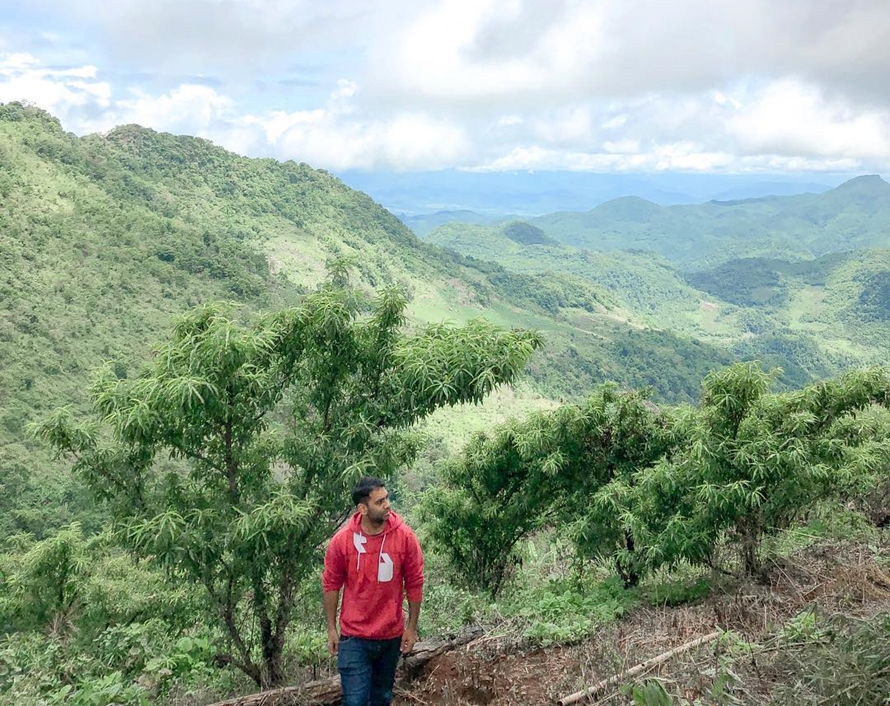
Quaint Villages and Thriving Communities
If interacting with locals, traditional villages and communities is a big part of your travels, then Doi Ang Khang is the perfect place to visit. The hill tribe culture up here is full of friendly people living a very humble life. There are four main tribes in and around Doi Angkhang that can be visited – the Musur, the Palong, the Thai Yai and the Jean Hor. Each tribe has their own unique history and culture. Many of them are minorities that migrated from regions and countries nearby. For example, the Musur or Lahu tribe are from the highlands of Tibet. Others have come from Burma, Laos or other parts of China.

To get to these villages is not difficult if you are driving. To reach some villages you have to trek while other are simply located along the main road.

In the past, these tribes were involved in growing and logging opium as a means of income. The former king Rama IX then intervened and created an agricultural project, which allowed the tribes to grow fruits and vegetables. Here you’ll find exotic produce (for Thais) like apricots, strawberries, peaches, plums, and kiwis.

You can even visit a school in the Baan Khob Dong village where children undergo a junior guide training program that teaches them to show guests around. One of the girls was really confident and talented but shy to speak English so mostly spoke in Thai. The three girls showed us around their village and told us interesting stories of their history and everyday life. It was a great way to learn and interact with the local community here. It’s really nice to see initiatives like this and another excellent reason to visit Doi Ang Khang.

Challenge for Mountain Bikers
If you are an adventurer, Doi Ang Khang can also satisfy that adrenaline. Trekking and mule riding is very common up here but you can take it to the next level by riding a bike up and down the steep hills. The climbs are quite difficult with gradients going up as high as 12%, so you need to be fit enough for that. The downhill rides, in contrast, require less physical fitness but can be quite thrilling. Be careful though as potholes sometimes pop up out of nowhere or the roads become slippery from the rain.

I did a lot of bike riding on my 2nd trip but many times I had to get off and walk my bike up hills. Make sure you bring or borrow a mountain bike from your resort (if they have). I know Doi Ang Khang nature resort does. Biking is a great way to explore the mountain and villages. Plus it is a great workout.
I used ridwithgps to map out the route and it even lets you see the elevations/gradients.
Camping/Glamping
During the high season – winter time – Thais and tourists love to visit Doi Ang Khang to camp. The camping here isn’t really roughing it so it is more like glamping. People bring their own tents but can also rent from either the official campground office or a private operator. It costs around 400-600 THB, respectively.
While driving around the first time we visited this place, we saw hundreds of people camped out at the viewpoint area. It was very lively with food vendors, people cooking their own food, some music and lots of merriment. You will also find shower and toilet facilities. Not exactly a space for solitude, which usual camping is known for. Nonetheless, it is an experience. You are in nature and away from the modern life of the city.
2-week trips have an excellent guide on camping in Doi Ang Khang. Do check that it out if you are interested.
Agricultural Center, Botanical Gardens, and Terraced Farms
The Doi Ang Khang agricultural center is probably what brings in the bulk of tourism. It’s what brought it on the map when King Rama IX decided to help the locals make a living through agricultural farming.
You can’t visit Doi Ang Khang without going to the agricultural station and botanical garden located at the heart of the hill station. It’s where the town is, fully equipped with a thriving market, few shops, and restaurants. It’s not a huge area and quite charming in fact.
You pay a small fee to enter the agricultural center where you can learn all about the wide variety of crops, fruits, vegetables, plants, and flowers. You can walk, drive or bike the 2km loop around the station and check out the several gorgeous plantations and gardens. If you are a flower lover, don’t miss the Bonsai botanical garden, which is found close to the entrance.
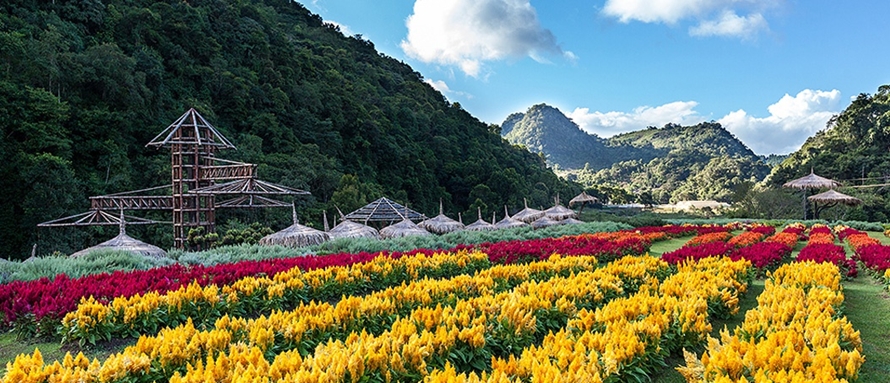
Photo cr: thairesidents.com
There are few other agricultural farms worth taking a look at around Doi Ang Khang. Make sure you check out the terraced tea plantations, strawberry field, and other vegetable farms. See the map at the bottom to see where they are located.
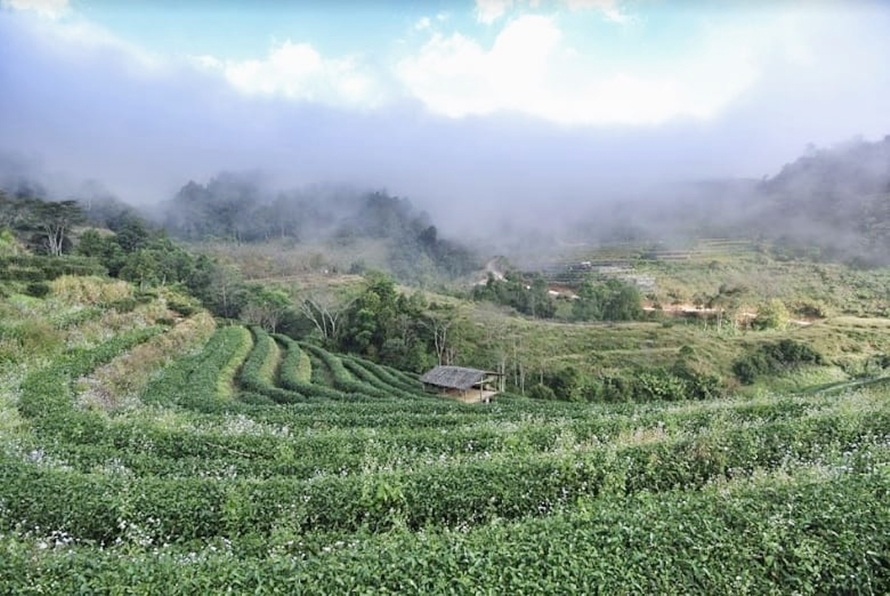
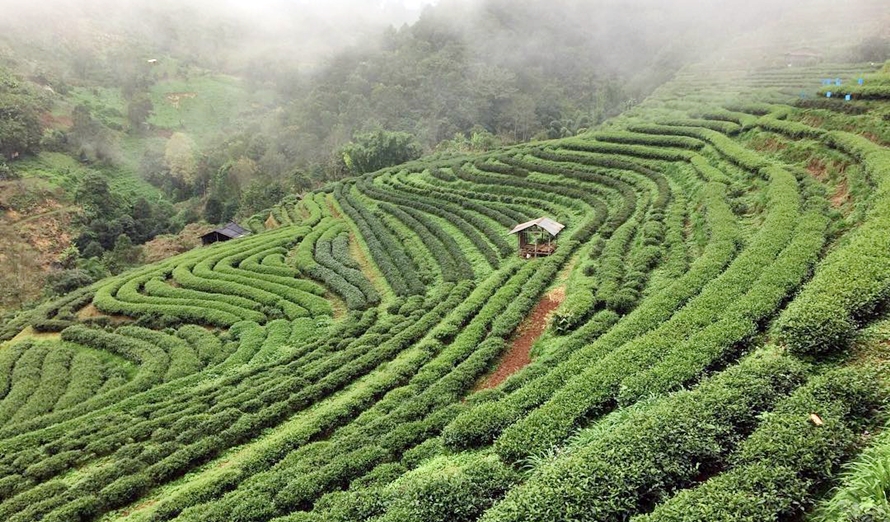
Bonus: visit the border and see Myanmar







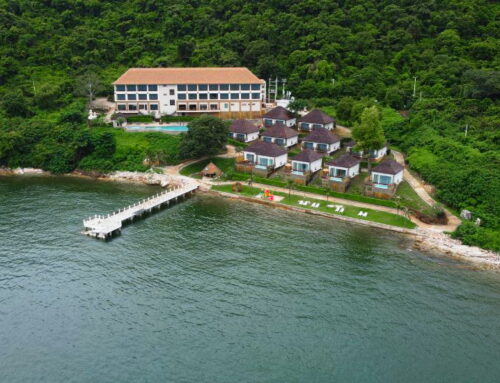
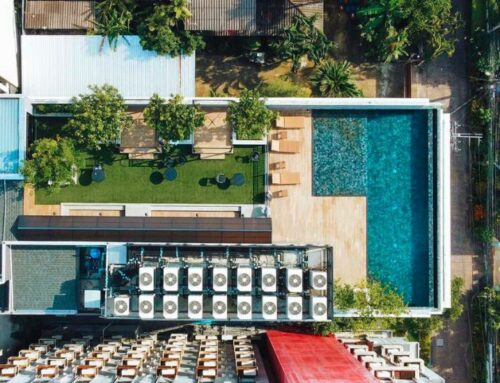
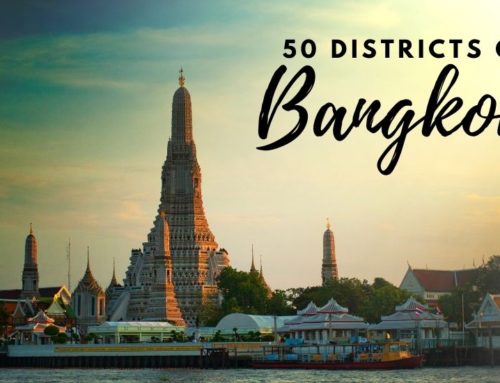



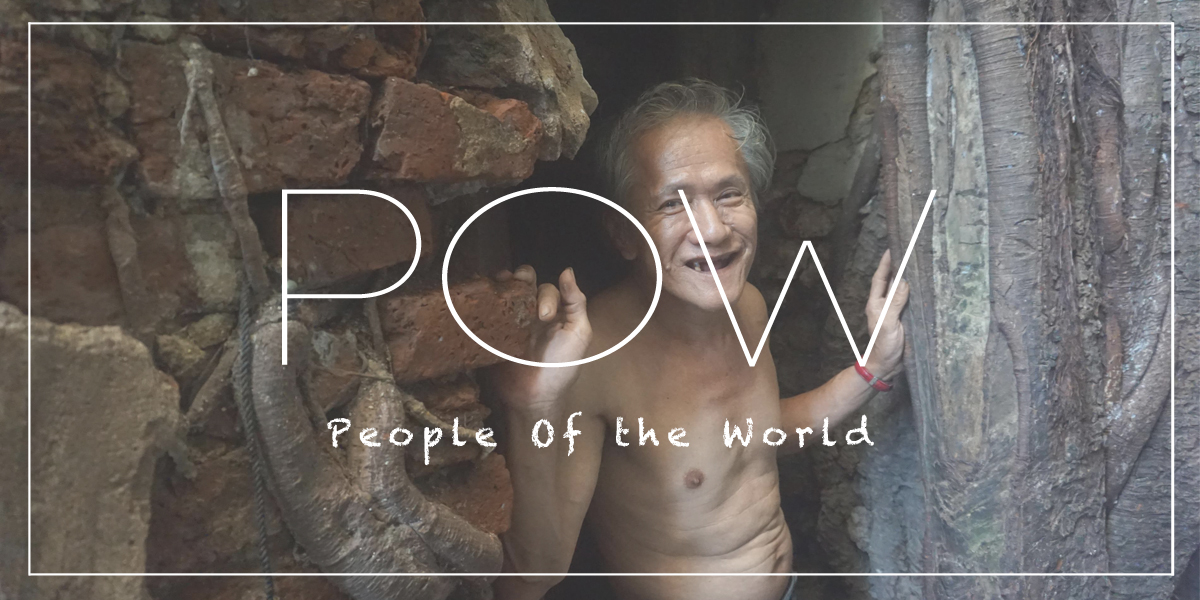





Leave A Comment